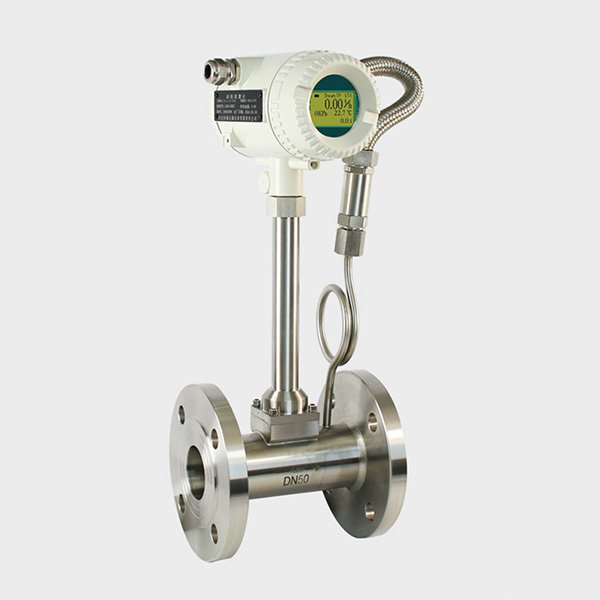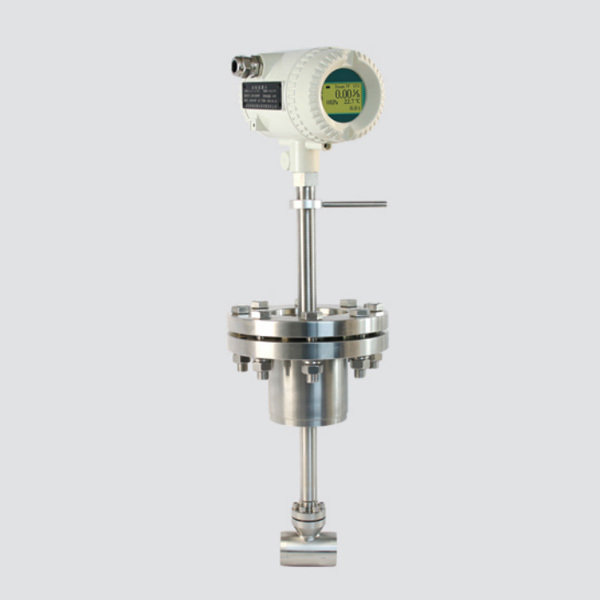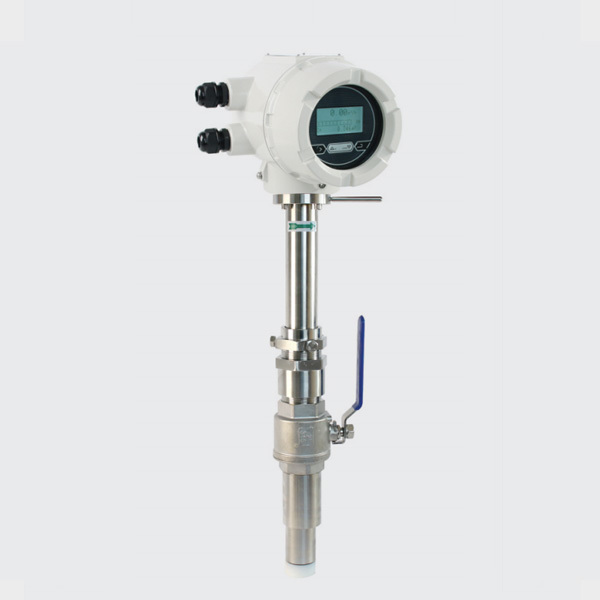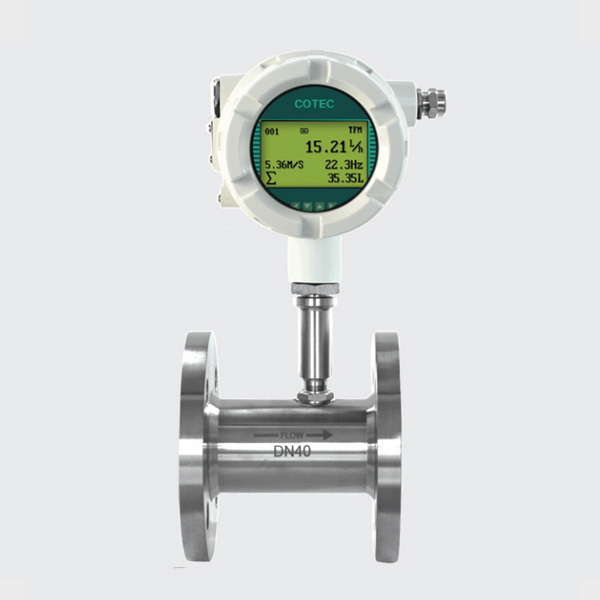Temperature measurement products
The temperature transmitter uses thermocouple and thermal resistance as temperature measuring elements. The output signal from the temperature measuring element is sent to the transmitter module. After circuit processing such as voltage stabilizing filtering, operational amplification, nonlinear correction, V/I conversion, constant current and reverse protection, the temperature transmitter is converted into a 4 ~ 20mA current signal 0-5V/0-10V voltage signal linearly related to temperature, and RS485 digital signal output.
Key words:
Classification:
Telephone:
E-mail:
Temperature measurement products
Overview
The temperature transmitter uses thermocouple and thermal resistance as temperature measuring elements. The output signal from the temperature measuring element is sent to the transmitter module. After circuit processing such as voltage stabilizing filtering, operational amplification, nonlinear correction, V/I conversion, constant current and reverse protection, the temperature transmitter is converted into a 4 ~ 20mA current signal 0-5V/0-10V voltage signal linearly related to temperature, and RS485 digital signal output.
Application
A device that converts a physical measurement signal or an ordinary electrical signal into a standard electrical signal output or can be output in a communication protocol. The temperature transmitter is an instrument that converts the temperature variable into a standardized output signal that can be transmitted. It is mainly used for the measurement and control of industrial process temperature parameters. The current transmitter converts the AC current of the measured main circuit into the standard signal of the constant current ring and continuously transmits it to the receiving device.
The temperature and current transmitter converts the signal of the temperature sensor into a current signal and connects it to the secondary instrument to display the corresponding temperature. For example, the model of the temperature sensor in the figure is PT100, so the function of the temperature and current transmitter is to convert the resistance signal into a current signal, input the meter, and display the temperature.
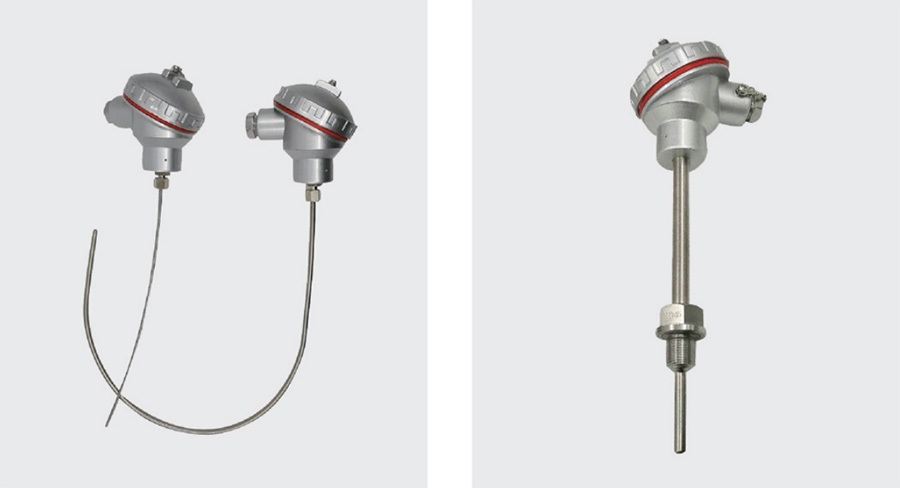
Performance parameters
• Executive standard: IEC688:1992,QB
• Input range:-60 ℃ ~ 175 ℃
• Accuracy class: ≤ 0.5%.F.S
Power consumption of the whole machine: ≤ 0.5VA
• Insulation resistance: ≥ 20MQ(DC500V)
• Response time: ≤ 350mS
• Working environment:-10 ℃ ~ 50 ℃,20% ~ 90% without condensation
• Storage environment:-40 ℃ ~ 70 ℃,20% ~ 95% without condensation
• The measured ambient temperature isolation is converted into a single standard DC voltage or DC current output in linear proportion;
• Low power consumption and high reliability;
• Excellent anti-interference ability;
Plug and unplug terminal interface, standard guide rail (35mm) installation;
• Small size, dimensions (mm):95(L) x 37(W) x 32(H);
A temperature transmitter is a meter that converts a temperature variable into a standardized output signal that can be transmitted. It is mainly used for the measurement and control of industrial process temperature parameters.
Transmitters with sensors usually consist of two parts: the sensor and the signal converter. The sensor is mainly a thermocouple or a thermal resistance; the signal converter is mainly composed of a measuring unit, a signal processing and conversion unit (because the industrial thermal resistance and the thermocouple indexing table are standardized, the signal converter is also called as an independent product Transmitter), some transmitters add a display unit, and some also have a fieldbus function.
Technical parameters
|
1. Technical index of thermocouple temperature transmitter ※ input Input type: K, E, S, B, T, J type thermocouple Temperature range: (as shown below) Input impedance: ≥ 20KQ Cold end temperature compensation:-15~75 ℃ ※ output Output current: 4 ~ 20mA Output circuit power supply: 12 ~ 30VDC Minimum operating voltage: 12VDC The relationship between load resistance and power supply: ※ comprehensive parameters Standard accuracy: ± 0.2% Temperature drift: basic error/10 ℃ Thermal resistance lead compensation: ± 0.1%(0 ~ 10Ω) Impact of load change: ± 0.1%(within the allowable load range) Influence of power supply variation: ± 0.1%(12~30V) Boot response time:<1S(0 ~ 90%) Working environment temperature:-20~70 ℃ Protection grade: IP00/IP54 (sensor protection grade decision) Electromagnetic compatibility: compliance with IEC61000,EN61000 |
2. Technical index of thermal resistance temperature transmitter ※ input Temperature range: Pt100:-200~850 ℃ Cu50:-50~150 ℃ Minimum temperature range: 50 ℃ Lead resistance: ≤ 10Ω ※ output Output current: 4 ~ 20mA Output circuit power supply: 12 ~ 30VDC Minimum operating voltage: 12VDC The relationship between load resistance and power supply: Load resistance (including lead resistance) = power supply (V)-12(V)/0.02A ※ comprehensive parameters Standard accuracy: +/-0.2%(see selection table) Note: High accuracy can be customized Temperature drift: basic error/10 ℃ Thermal resistance lead compensation: ± 0.1%(0 ~ 10Ω) Impact of load change: ± 0.1%(within the allowable load range) Influence of power supply variation: ± 0.1%(12~30V) Boot response time:<1S(0 ~ 90%) Working environment temperature:-20~70 ℃ Protection grade: IP00/IP54 (sensor protection grade decision) Electromagnetic compatibility: compliance with IEC61000,EN61000 |
Factory display

Plant display 7
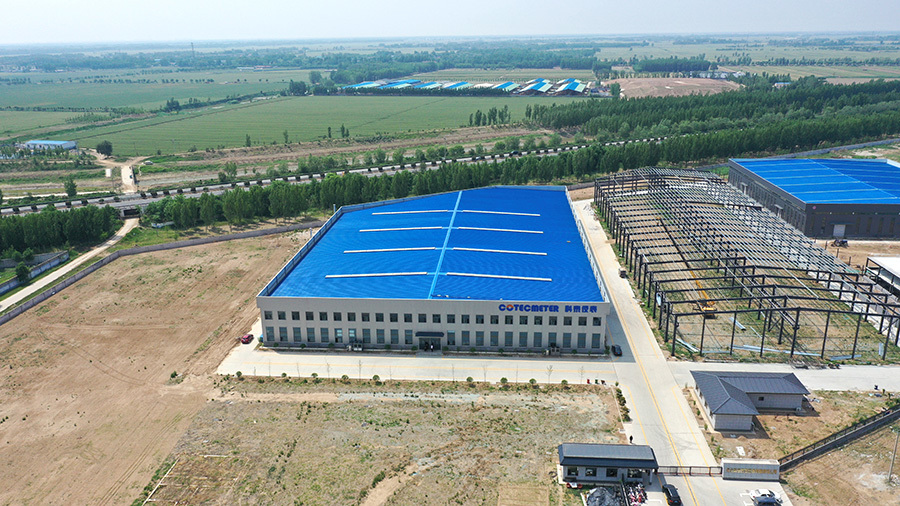
Plant display 8
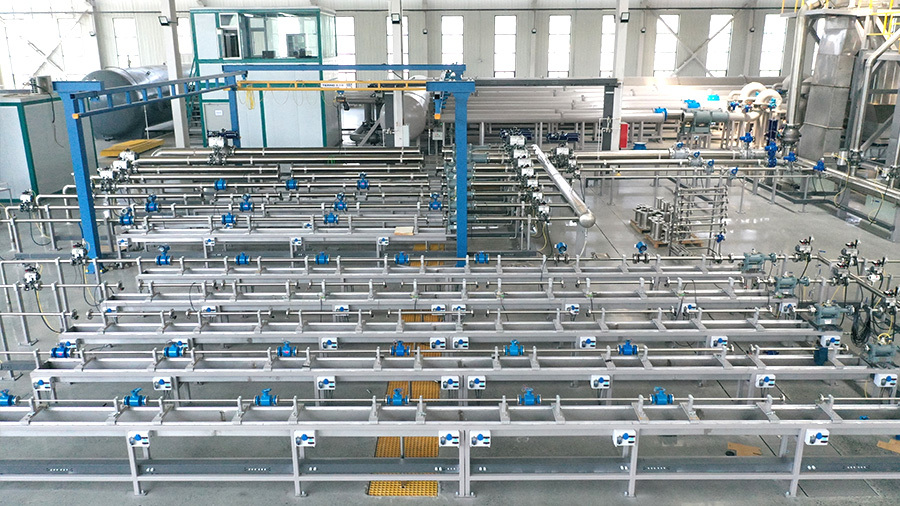
Plant display 6
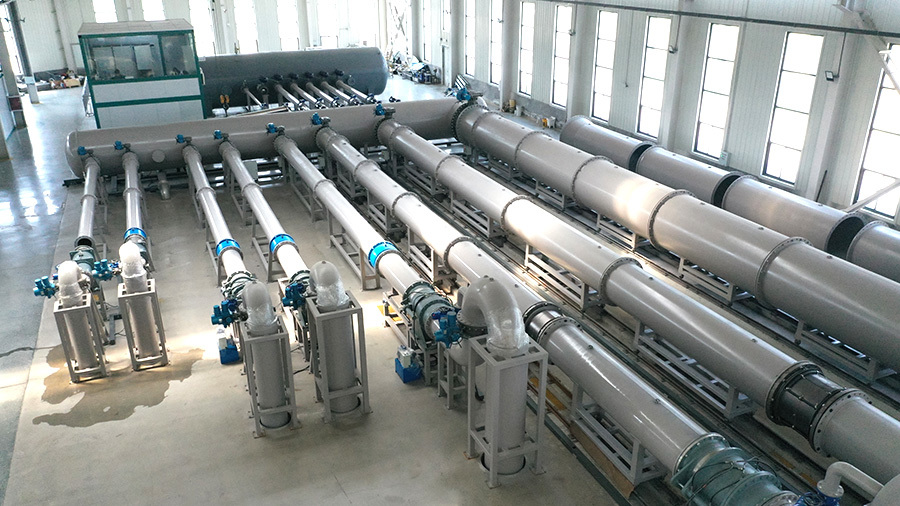
Plant display 5
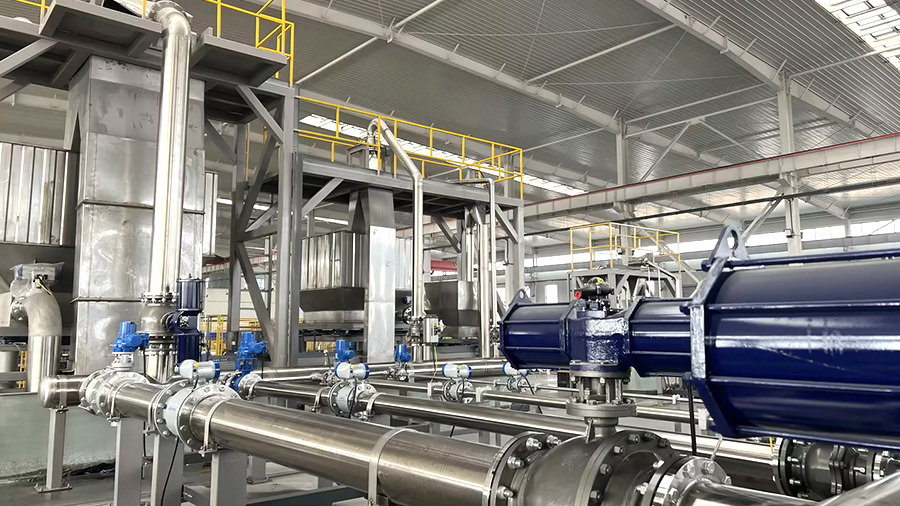
Plant Display 4
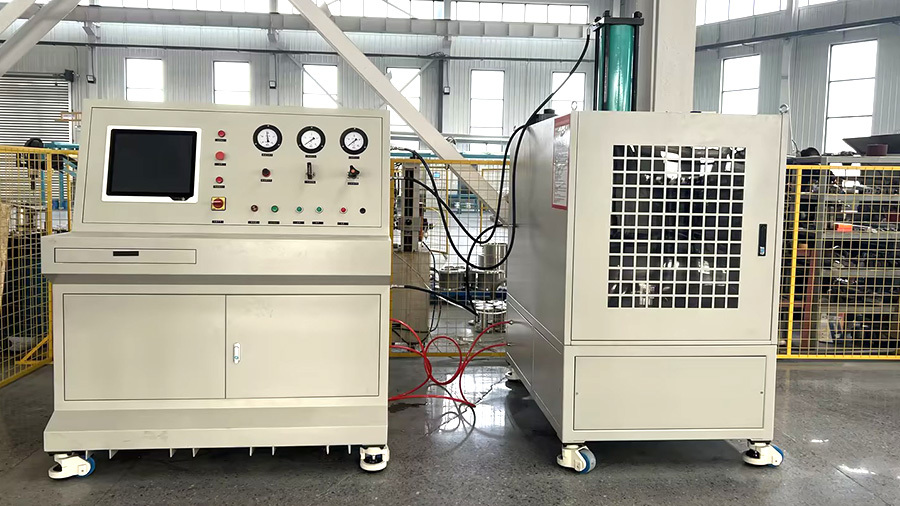
Plant Display 9
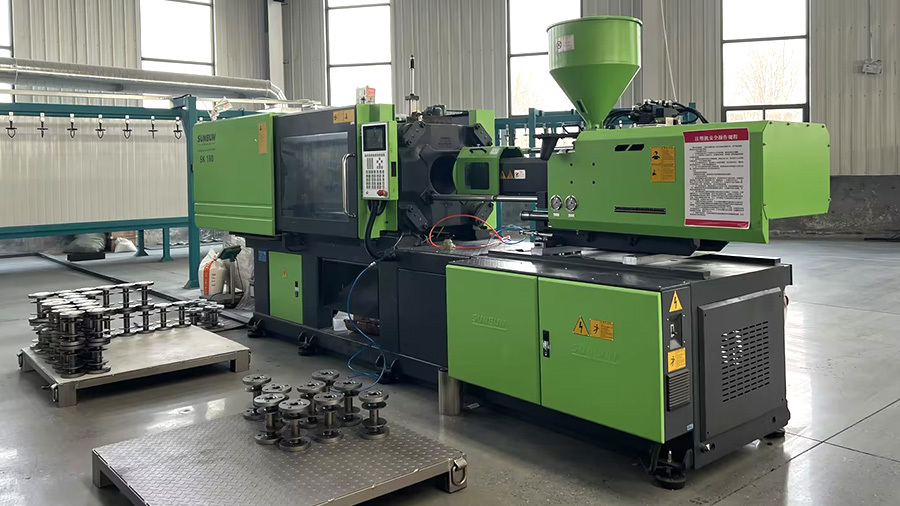
Plant Exhibition 3
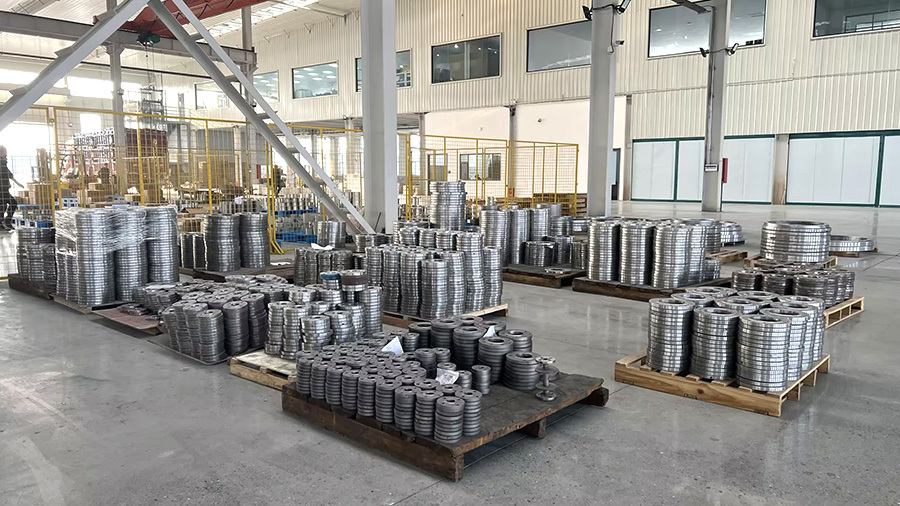
Plant display 2
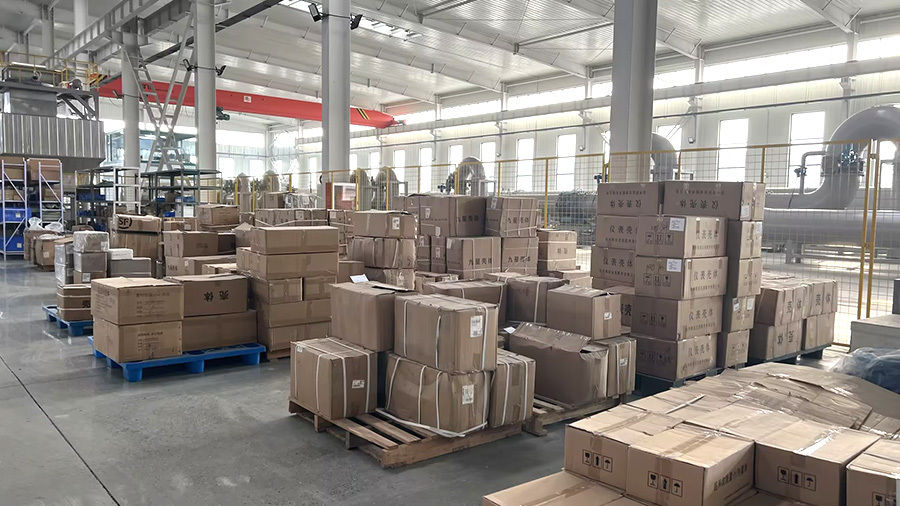
Factory display
Honor Show

Exhibition style

Previous Page
None
Next Page
Related Products
Product Consulting
We will contact you within one working day. Please pay attention to your email.


